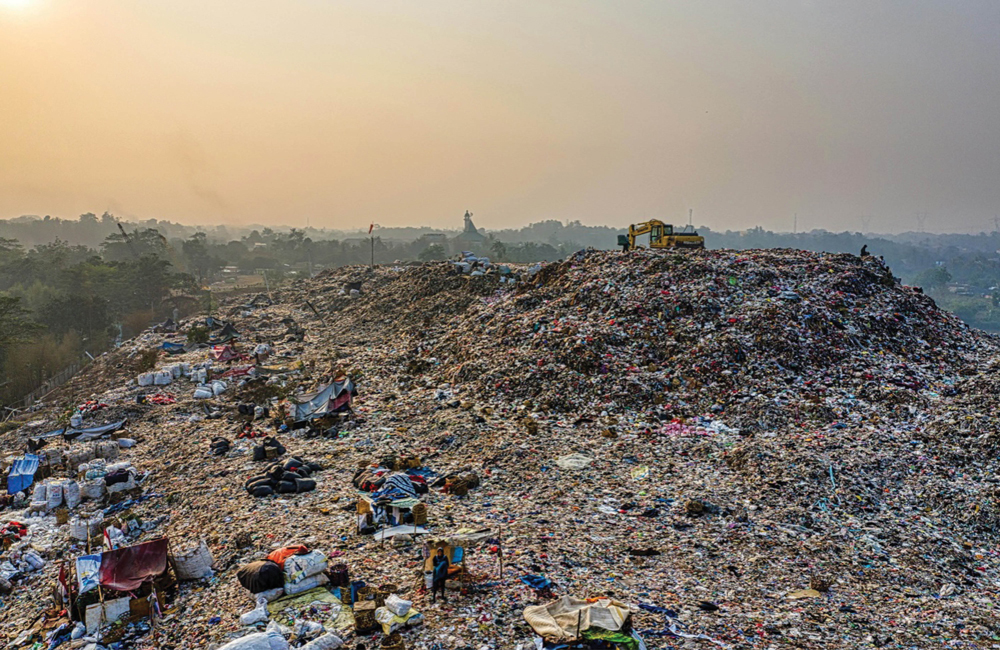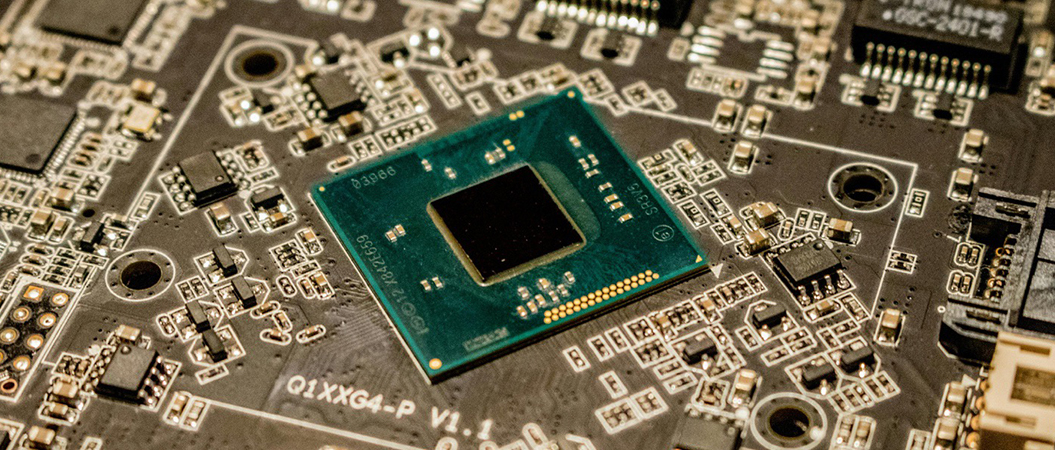There’s a fingerprint on my motherboard!
Do you ever take a moment to think about the complex processes that go into creating tech gadgets that are almost inseparable from our daily lives? Under the surface of your smartphones, laptops, and countless other devices lies a world of critical components called Rare Earth Elements (REEs). These elements are the key hidden enablers of our digital age, and beyond – currently, REEs are used in tiny high-strength magnets within your smartphone to make your speakers work, brighten your screen, as well as provide crystal-clear clarity to your camera lens.

The history of REE discovery goes back to the 18th century when these elements were encountered as oxides. Initially considered scarce – these elements are not that rare – the term is a misnomer. These elements are plentiful – the challenge lies in finding and identifying economically viable deposits and developing extraction and processing methods that are sustainable.
REEs are used in the production of a vast range of technologies, including vibrant 8K displays, smart sunglasses and millions of smartphones and EV vehicle battery components. The elements have names like neodymium, dysprosium, and lanthanum that sound like they belong in a sci-fi novel. They are the fundamental building blocks of modern technology, connecting and driving our modern lives.
It was my typical work from home-morning, sipping my coffee on my suburban balcony, with the silent hum of my decadeold laptop, to the slight rhythmic tapping of my fingers on my keyboard. In the realm of REEs, I was completely unaware of the intricate journey of resources and human effort that brought this favourite money-making machine of mine, to life. I felt like I was completely in the dark regarding the intricate processes that went into creating my piece of technology, as I pondered away at client deadlines.

Amongst the many deadlines, an abrupt thought interrupted my process.: “What exactly is inside my laptop?” This curiosity led me online, where I stumbled upon a hidden world – that of REEs. They were the invisible heroes powering my laptop, my smartphone, my VR headset and countless other devices we rely on daily. When I learned about where REEs come from, the processes that put them in our devices to satisfy our visual and audio needs, my initial excitement with them transitioned to a more sincere concern.
Fundamentally, there are two kinds of rare earth elements REEs: light REEs (lanthanum and samarium) and heavy REEs (lutetium and europium). Each element has its own set of properties that are recommended for certain applications. Dysprosium is needed for lasers, nuclear reactors, and high efficiency lighting, while neodymium is essential for making the strong magnets used in hard drives, headphones, and wind turbines.
Having said that, we reap the convenience of our digital world at a cost — a cost usually out of sight and shouldered by exposed communities and fragile ecosystems. Extracting REEs is a complex and often environmentally disastrous process. The most prevalent extraction method, open-pit mining, causes enduring environmental damage, producing huge waste rock piles and expansive craters. This can disrupt ecosystems, pollute water sources and release harmful dust particles. Furthermore, the REE refining process requires a lot of energy and water, producing a vast amount of greenhouse gas emissions and toxic wastewater. These operations usually release heavy metals and radioactive materials, which are dangerous to humans and the environment. Like the mining process, workers at these plants also face health risks.

Geopolitically-speaking, China controls more than 85% of processing capacity, although its worldwide production share decreased from as high as 97% in 2011 to about 70% in 2022. Beyond the geographical concentration of known REEs, the mining and extraction of said deposits are not without consequences. Environmental to somewhat abusive labour conditions underscore the extraction of REEs. The social consequences of mining REEs are as significant as the environmental and geopolitical issues. Child labour and abusive working conditions have been reported in several REE mining areas, including instances of human rights violations.
Closer to home, Africa is emerging as a viable new player in the REE market due to abundant deposits. REE reserves are present or being prospected from South Africa to Madagascar to Zimbabwe to Malawi. Current projects include the Songwe Hill mine in Malawi, which is expected to start production in 2025, and the Steenkampskraal Mine in South Africa,, which has one of the highest purported grades of REEs worldwide. Having said that, my hope is that the continent develops our REE industry in a sustainable and equitable manner.
The rising demand for REEs is linked to our growing need for electronic devices. The almost 50 million tonnes of e-waste generated every year is a testimony to our unsustainable consumption patterns. I have been involved in facilitating various upcycling initiatives in the e-waste sector for some time in the past, and I have seen first-hand, the massive e-waste challenges that exist in South Africa. When we upgrade our gadgets every few years or even months, we are unwittingly perpetuating a cycle of resource depletion and environmental degradation o0– “fast tech” meets “fast fashion”. Our gadgets’ unseen “e-footprint” serves as a veiled warning. It is time to recognise the true cost of our technology use – and perhaps accept accountability for our decisions.
To reduce the environmental and social costs of our technology consumption, we need to foster a more responsible approach. This includes supporting businesses that commit to ethical sourcing and sustainable supply chain management practices, demanding transparency and accountability within the REE industry, and advocating for the responsible sourcing of materials used in our devices. Additionally, extending the lifespan of our devices through repair, reuse, and responsible recycling is a small but significant step. Pause for a moment before your next upgrade – the next operating system release is almost as good as the latest phone upgrade. Finally, sustainable purchasing is about making informed decisions about the products we buy and desire.
It has been a profound trip from that peaceful balcony work-from-home morning, when my only company was the soft hum of my laptop – and, of course, my two suburban cats – to a deep-dive into the hidden world of REEs. It’s not so different from peeling the layers of an object, only to find that it is surrounded by a complex web of connections that crosses continents and involves countless people.
My laptop and smartphone, which were previously just a means to an end for work, connectivity and leisure, feel different now. These are no longer just nice pieces of hardware of a utilitarian nature – they are the outcome of the toil of miners, the difficulties that whole communities suffer from, environmental disasters, and of the earth’s burden in sustaining our technological consumption. The story of REEs reminds us that our choices have far-reaching consequences. The metaphorical “fingerprint” on my motherboard, is a hint at our journey of interconnectedness. It alludes to the human cost that is embedded in our devices, a cost which is often invisible, but tangible. It is a call to awareness, a plea for responsibility, and an invitation to re-imagine the future.
Perhaps, one day, this symbolism will evolve for the better – something different. It could be that it will represent the adoption of a commitment to ethical sourcing, sustainable practices and some semblance of a circular economy, where resources are valued and reused instead of being discarded. It could be a mark of pride, a testament to our collective effort to build a technological future that benefits all, not just a few.
In the meantime, I shall upgrade my operating system and delay the purchase of a new smartphone. The future of technology depends on our combined commitment to sustainability, accountability, and a shared purpose: creating a better digital future for all.

